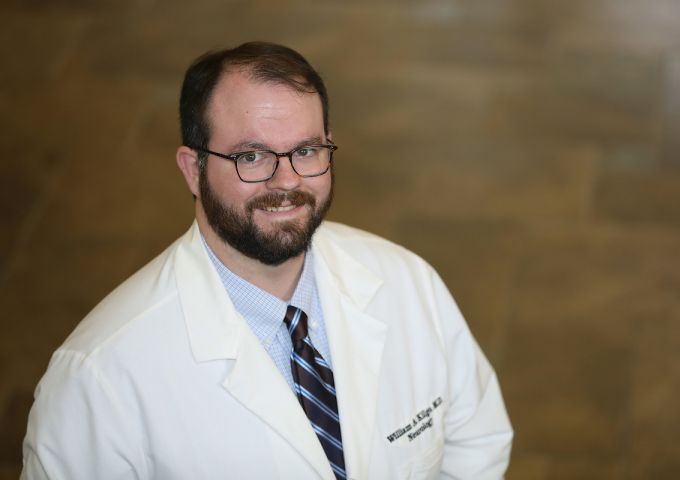
Research examines how plasma products may impact patients with traumatic injuries
The study, led by USA Health University Hospital’s Trauma Medical Director Jon D. Simmons M.D., suggests that new manufacturing and quality control processes are needed to eliminate previously unrecognized cellular contamination present in stored plasma products.
Stored plasma units from trauma center blood banks were found to be contaminated with leukocytes and platelets at levels high enough to produce harmful inflammatory responses in patients who received plasma transfusions, according to study results published by the Journal of the American College of Surgeons this week.
The study, led by USA Health University Hospital’s Trauma Medical Director Jon D. Simmons M.D., suggests that new manufacturing and quality control processes are needed to eliminate previously unrecognized cellular contamination present in stored plasma products because the level of contamination may be associated with significant harmful effects to patients.
The study found that stored plasma from two large level 1 trauma centers was contaminated with an average of 14.2 million leukocytes and 945 million platelets per unit. Cellular debris from as few as 1 million leukocytes is sufficient to active the innate immune system. Therefore, patients in hemorrhagic shock who received multiple units of plasma could be placed at significant risk for unwanted and harmful inflammatory events.
“We believe this research will be highly impactful and may change the standard of care in the blood banking industry,” said Simmons, who received the 2014-2019 George H.A. Clowes Award from the American College of Surgeons to conduct the research. “The study highlights a significant flaw in current blood banking practices which was not previously known to physicians and their patients. I’m hopeful these findings will change how plasma products are created and transfused.”
The article, “Plasma Transfusion Products and Contamination with Cellular and Associated Pro-Inflammatory Debris” was the result of several years of research funded by the American College of Surgeons and the National Institutes of Health, Simmons said. The full version of the article is available here.
At the USA Health College of Medicine, Simmons serves as Chief of the Division of Trauma & Acute Care Surgery and serves on the faculty of the Department of Cellular & Molecular Pharmacology.
The Journal of the American College of Surgeons (JACS) is a monthly journal publishing peer-reviewed original contributions on all aspects of surgery. These contributions include original clinical studies, review articles and experimental investigations with clear clinical relevance. As the official scientific journal of the American College of Surgeons, JACS has the goal of providing its readership the highest quality rapid retrieval of information relevant to surgeons.
About USA Health
Beginning with the founding of the USA College of Medicine in 1973, USA Health stands as the only academic medical center along the upper Alabama Gulf Coast. It provides excellent healthcare to the region's diverse population at USA Health University Hospital and USA Health Children's & Women's Hospital, one of only five freestanding hospitals in the country dedicated to the healthcare of children and women. Continuous research and technological advancements keep USA Health Mitchell Cancer Institute at the forefront of cancer treatment and outcomes. The health system employs 3,900 clinical and nonclinical staff members, including some 190 academic physicians who serve dual roles treating patients and teaching the next generation of medical doctors.




